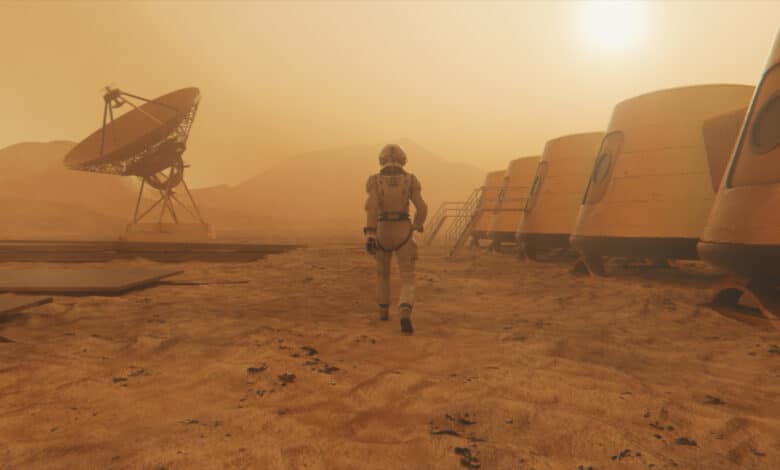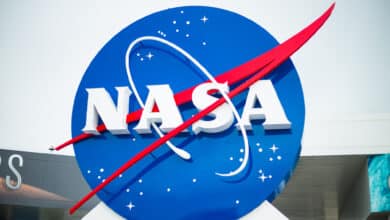
Does your wanderlust extend beyond orbit? Then the latest job advertisement from the National Aeronautics and Space Act (NASA) may well appeal to you. The US space agency is currently looking for volunteers who can imagine their lives on Mars. Those chosen will then provide valuable insights for a mission on the “real” Mars as part of an analog space mission.
NASA plans Mars mission on Earth
NASA recently asked its followers on X whether life on Mars would not only be conceivable for them, but even desirable. The agency is currently desperately looking for “guinea pigs” who would like to go to the red planet. However, if you read the small print, you will quickly realize that this is not a mission into the depths of our solar system. Rather, the whole thing takes place on Earth. NASA has set up a test facility at the Johnson Space Center especially for this purpose. The result is an area that basically mimics the conditions on Mars. According to the agency, the experiment will last a total of one year.
Findings on performance and health
NASA hopes that the Mars mission on Earth will provide valuable insights that could be important for a later mission to Mars. The so-called Chapea mission focuses primarily on the effects that living on Mars has on human health and performance. This is not a first, but the second of a total of three missions of this kind. The first mission in the Chapea series is already underway. The four volunteers have now completed half of the experiment. Just under six months are still to follow.
NASA relies on 3D printers
The focus of the missions is on accommodation that NASA has created using 3D printers. The four participants share a total of 160 m² of living space. Given the relatively comfortable size of the accommodation, it is not the limited space that is likely to be a challenge. Rather, NASA is relying on self-created framework conditions that are intended to make things difficult for the participants. These include not only the environmental pollution that is typical of Mars. The team also has to contend with limited resources.
Unforeseen exceptional situations also need to be tested. For example, NASA deliberately allows communication to be interrupted. Defective equipment is also a potential challenge. In addition, the crew members simulate missions that are likely to be part of everyday life on the red planet. From simple walks on the surface of Mars to missions with robots and maintenance work on the mini-Mars station, there is obviously a lot to do. But the crew’s tasks will also include everyday tasks such as caring for the plants they grow.
- Also interesting: Russia postpones withdrawal from the ISS for years
How you can apply
Have we piqued your interest? Then you can apply to NASA until the beginning of April. But of course you won’t be the only one interested in the one-year simulation. The rush that the space agency will face is likely to be correspondingly high. For this reason, it is understandable that strict requirements are placed on candidates. NASA wants to use them to screen suitable people. If you don’t happen to be a US citizen, your prospects are already poor. This is the basic requirement.
You should also be between 30 and 55 years of age and be in good health and motivated. A suitable educational qualification is also required. Suitable candidates should have a Master’s degree in mathematics, physics, computer science, biology or engineering. However, a university degree alone should not be sufficient. At least two years of professional experience in one of the relevant subject areas is also required. If you have all this, you are considered a suitable candidate. If your application is successful, you will then have to wait a little longer. The mission is not due to start until spring 2025.

